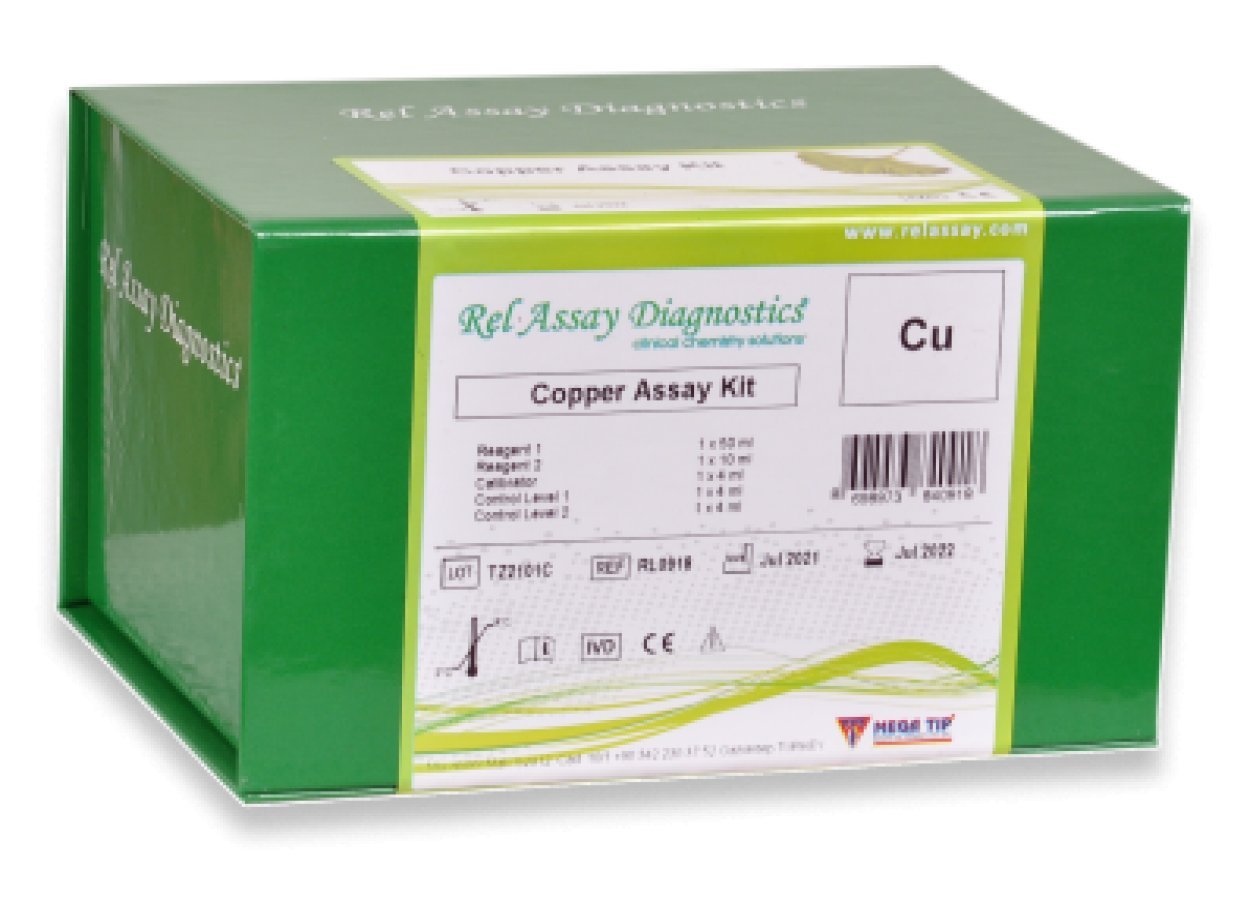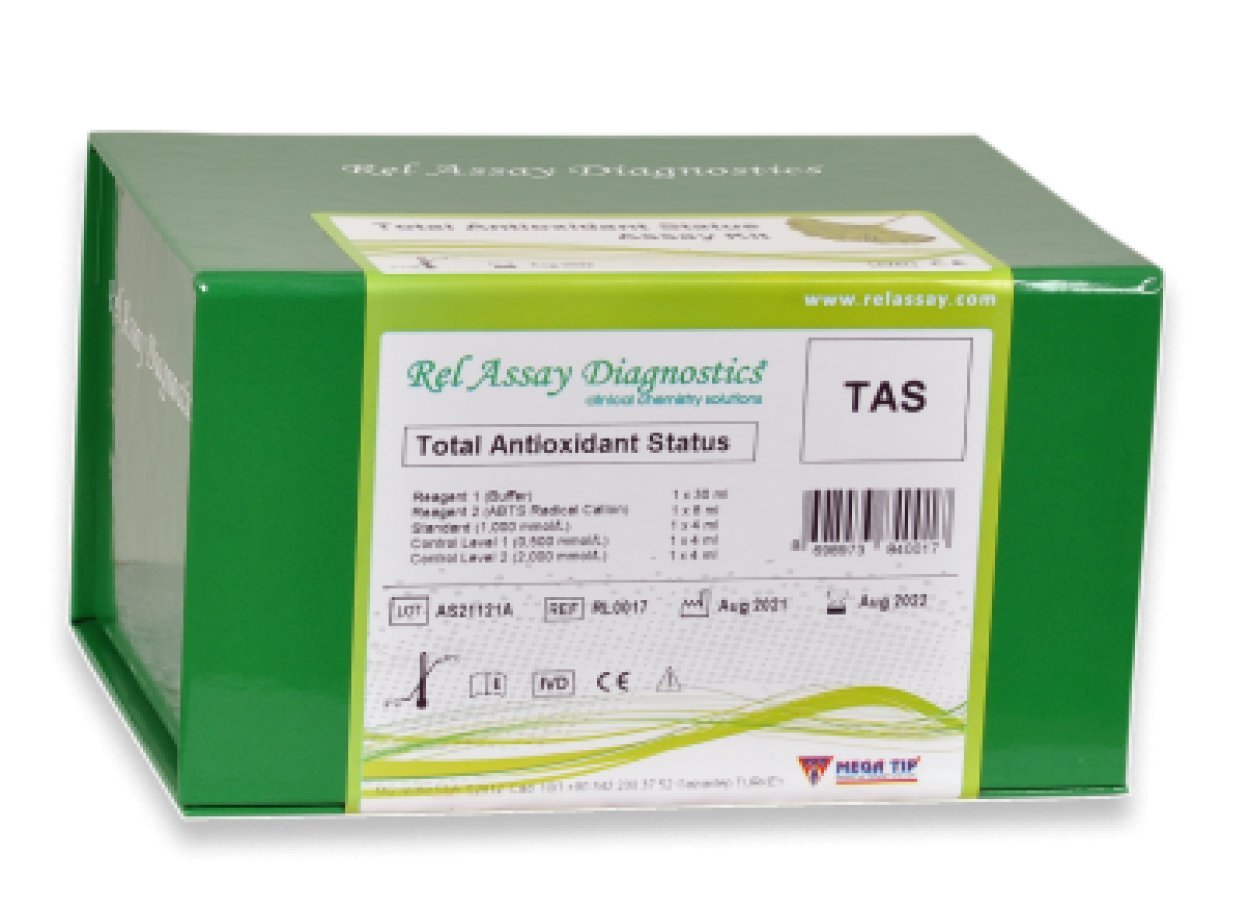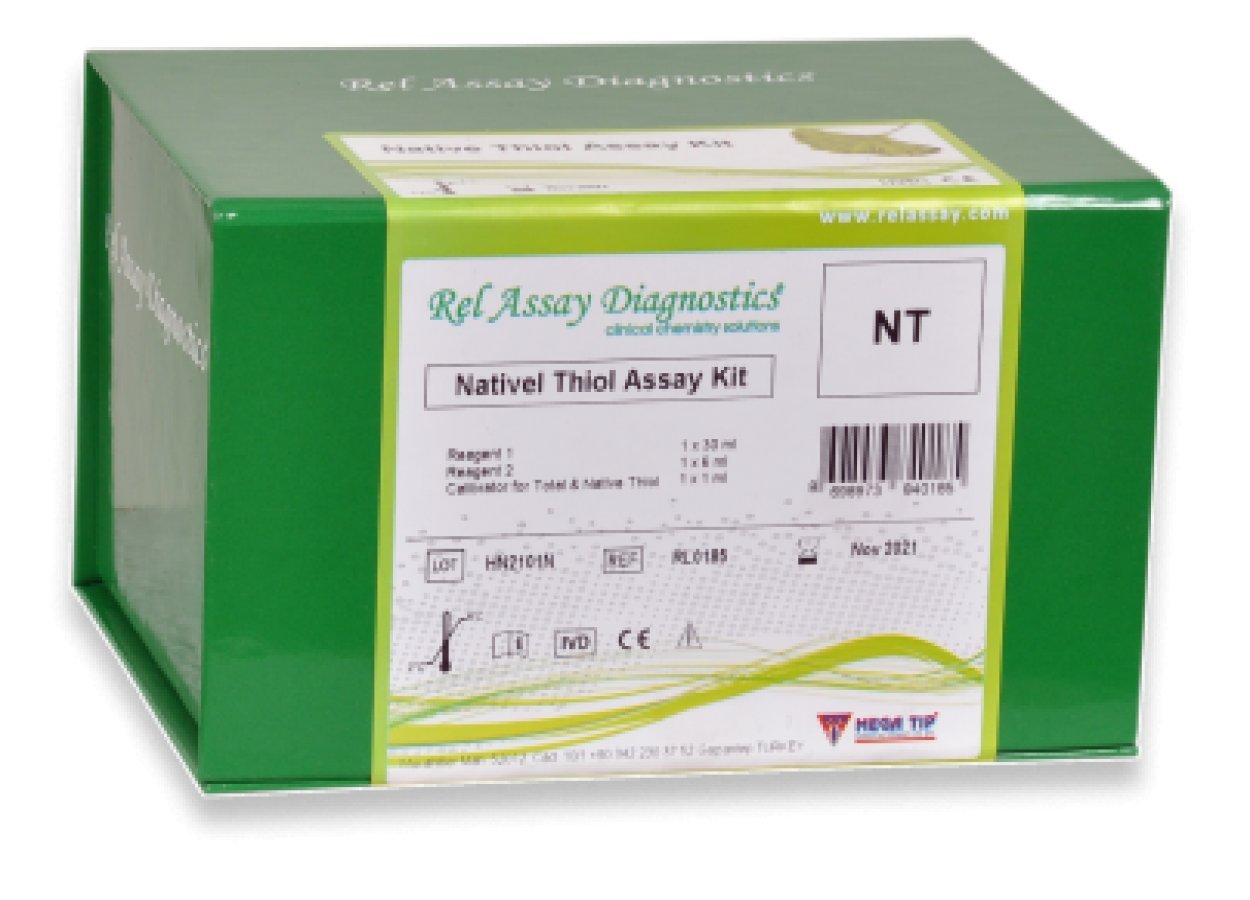| Reagent 1 | 1 x 30 ml |
| Reagent 2 | 1 x 8 ml |
| Standard | 1 x 4 ml |
| Quality Control - Level 1 | 1 x 4 ml |
| Quality Control - Level 2 | 1 x 4 ml |
Copper Assay Kit
Copper is a very important trace element for human health due to its key roles in biological processes such as energy and iron metabolism, defense against antioxidants, synthesis of neuropeptides, and immune system functions. In case of copper deficiency, significant symptoms such as neutropenia, anemia and abnormalities in bone structure are observed, while hepatocerebral and neurodegenerative findings are seen in toxicity.
| Kategori : | Routine Biochemistry |
1. Burtis CA, Burns DE. Tietz Textbook of Clinical Chemistry and Molecular Diagnostics. Seventh Ed. Elsevier Health Sciences; 2014. p. 493-496.
2. Uriu-Adams JY, Keen CL. Copper, oxidative stress, and human health. Mol Aspects Med 2005;26:268–98.
3. Bonham M, O’Connor JM, Hannigan BM, Strain JJ. The immune system as a physiological indicator of marginal copper status? Br J Nutr 2002;87:393–403.
4. Linder MC, Hazegh-Azam M. Copper biochemistry and molecular biology. Am J Clin Nutr 1996; 63:797S–811S.
5. Turnland JR, Copper. In: Shils ME, Shike M, Ross AC, Caballero B, Cousins RJ, editors. Modern Nutrition in Health and Disease, 10th ed. Philadelphia, PA: Williams & Wilkins; 2005. pp. 286–299.
6. Araya M, Koletzko B, Uauy R. Copper deficiency and excess in infancy: developing a research agenda. J Pediatr Gastroenterol Nutr 2003; 37:422–429.
7. Cordano A. Clinical manifestations of nutritional copper deficiency in infants and children. Am J Clin Nutr 1998; 67 (suppl):1012S–1016S.
8. Strausak D, Mercer JF, Dieter HH, Stremmel W, Multhaup G. Copper in disorders with neurological symptoms: Alzheimer’s, Menkes, and Wilson diseases. Brain Res Bull 2001;55:175–85




